PCB Button Plating
Button plating in flex PCBs enhances flexibility, reliability, and miniaturization, meeting modern design demands for smaller, highly functional devices.
Within the fast world of electronics today, PCBs are very key in everything from simple consumer electronics to specialized industrial equipment. For professionals such as ourselves at PCBX, one aspect that has come with manufacturing techniques involves needing to understand processes such as PCB button plating. The process of plating is an essential method used within flex PCBs due to the fact that these units require flexibility and precision from unusual applications and needs within design areas.
The Demand for Plated Button for PCB
Recently, our engineers have seen a significant increase in the number of requests involving flex PCB button plating-particularly questions about the process used to accomplish plated through holes, or PTH. Understanding what makes button plating a 'must' demands an examination into materials and processing involved with rigid and flex circuits.
Rigid PCBs vs. Flex PCBs: Material and Process Differences
The general route for the fabrication of rigid PCBs involves imaging and etching inner layer cores, laminating, and then applying ED copper to build up structural integrity. This is a process where layer upon layer of copper is added, raising durability but still keeping rigidity.
In contrast, the flex PCB applies RA copper, selected to provide a linear grain structure that easily bends without fractures. Unlike the ED copper granular structure, the RA copper is mandatory for the maintenance of flexibility on flex PCBs. If manufacturing of flex PCBs were through the same method as those of rigid boards, the compromise in flexibility resulting from a mixture of different copper types might result in structure failure.
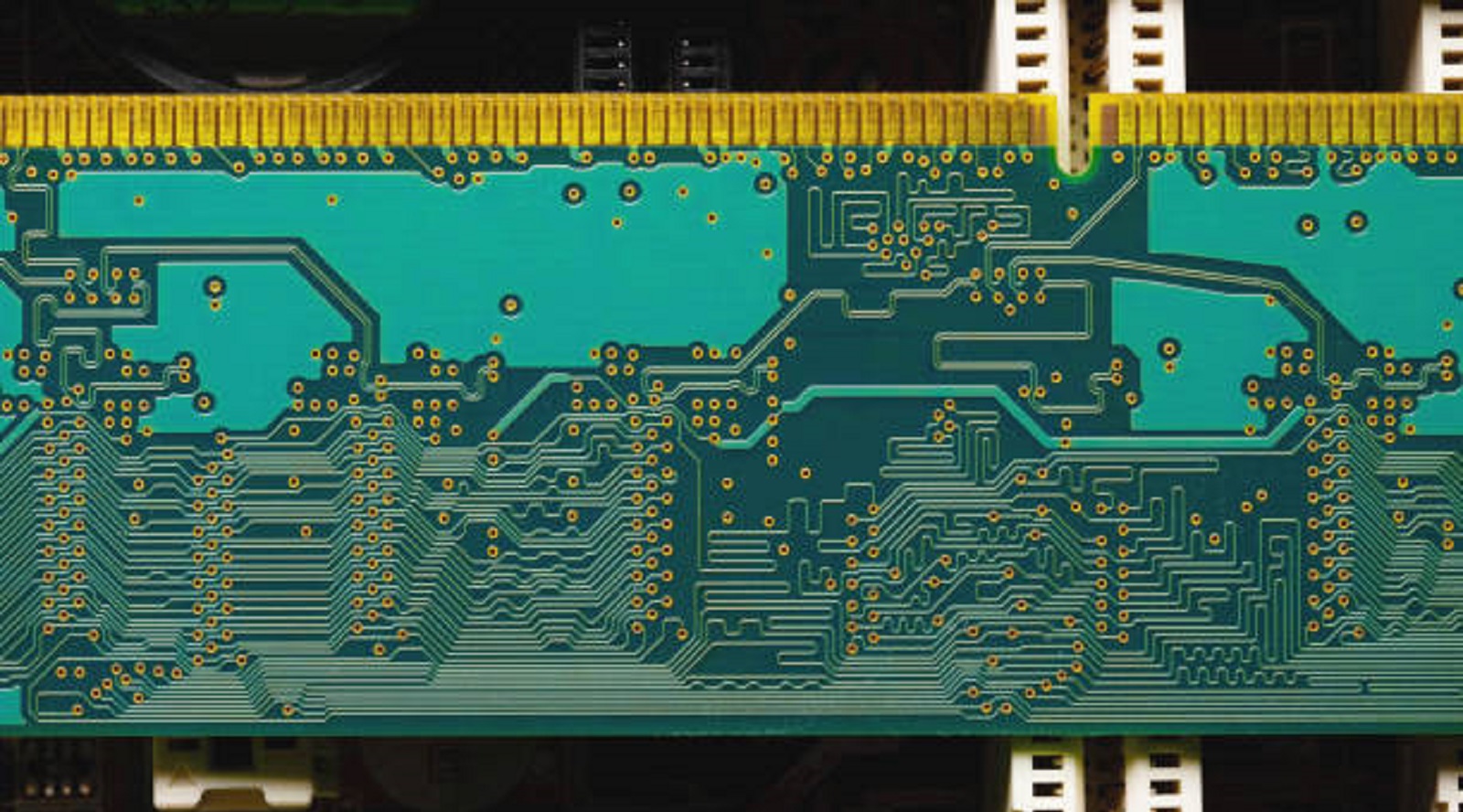
The Critical Role of Button Plating
Button plating overcomes these issues with the provision for some important advantages, especially critical to the operation of flex PCBs:
Dynamic Bending Support: Many flex PCBs work in an operating environment that requires them to bend repeatedly. Button plating assists this dynamic application by strategic use of RA copper, maintaining the flexibility in the PCB without compromising its structural integrity.
Better Impedance Control: In high-frequency applications, impedance control becomes critical. Button plating allows this by providing a uniform copper surface, which is essential to signal integrity and reducing electrical interference.
The Button Plating Process in Detail
The buttoning process is a selective process of plating certain areas of the PCB, like the PTH and pads required for the pre-treatment, rather than additional copper layers across the entire board. It is done through a careful masking operation where only the wanted areas are exposed to plating chemicals.
Visually, this selective plating causes areas that slightly protrude and thus appear as "buttons," hence the name. In this way, flex PCBs can retain structural necessities without sacrificing functional flexibility or adding unnecessary material usage. In addition, targeted plating avoids the disadvantages of mismatched copper structures, which could easily lead to delamination or fracture under stress.
Special Considerations and Applications
In some other cases, button plating is also done based on specific technological requirements, like the heavier deposits in PTHs when the design does not support excessive copper coverage. One example is a set of.002" minimum through-hole plating. Effective but specialized process; it includes precision and further makes the manufacturing processes a bit more expensive because the need for more know-how is expected from a manufacturing partner.
Enhanced Miniaturization and Precision
One of the often-overlooked advantages of button plating is its contribution to increased miniaturization, which can be achieved by having smaller line widths and spacing. With ever-decreasing device sizes, flex PCBs benefit from button plating in that, after etching, the physical spacing does not narrow further, thus maintaining design integrity.
For the average, line widths and spacings can be reduced to 1.99 mils on flex PCBs compared to about 2.99 mils for rigid boards. This apparent minor reduction of about 1 mil enables increased design freedom by allowing for better component layout and also allowing for the small dimensions being asked for by today's electronics.
Finding the Right Manufacturer
For those who are new in the world of flex PCBs, it's important to work with an experienced fabricator. Unlike working with any traditional multilayer PCB manufacturer, the manufacturing of flex PCB requires an understanding of materials and processes. A partner like PCBX can definitely help fulfill design intent without compromising on quality or cost.
This enables us to source the right factory for each unique project, mitigate the risk of manufacturing issues, and align production processes with design goals from the very beginning. Thanks to our capability to offer tailored design support.
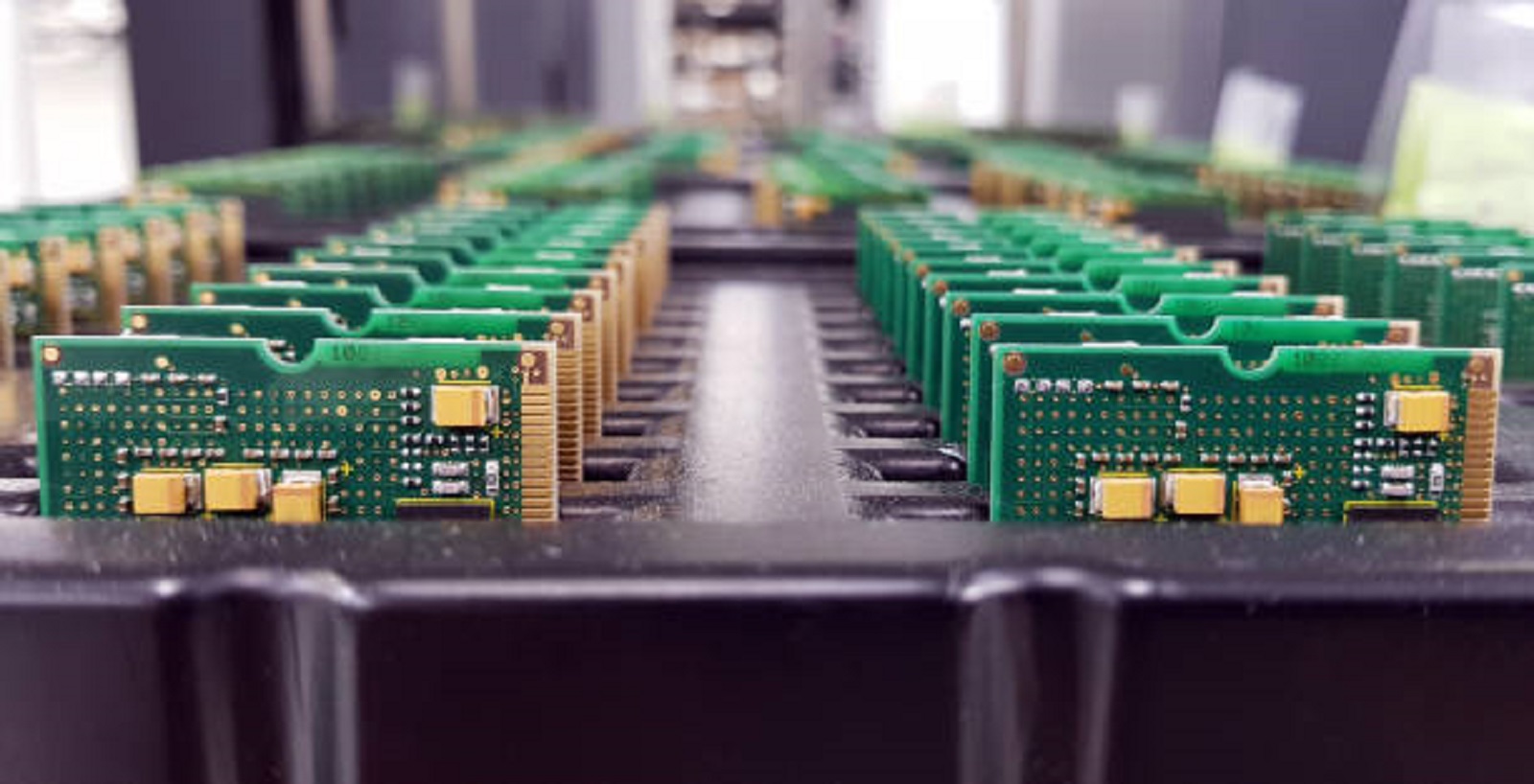
The importance of button plating in modern electronic design, especially those designs using flex PCBs, cannot be overemphasized. Reliability is enhanced, flexibility is maintained, and miniaturization efforts supported-all with high-frequency and dynamic application needs met-consequently. As technology advances, or better still, with the demand for devices that are smaller but highly functional, the principles of button plating become indispensible in understanding and application for both manufacturers and designers.
At PCBX, we remain committed to staying on the leading edge of innovative processes that address modern electronic needs by continuing to offer our experience in turning such complicated design ideas into real, quality products. In understanding the detailed process of such things as button plating, we remain at the edge of technological progress, ready to meet the next generation of electronic manufacturing challenges.
Hot Tags:
Contact us

If you can't find what you're looking for, please contact us.
Article
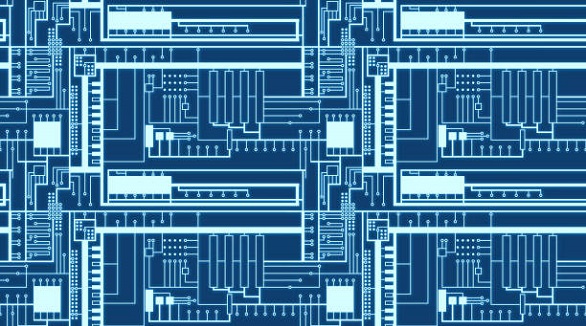
PCB plates enhance electronic devices' structure and function, crucial in keyboards for stability and connectivity. Materials and designs aid efficient decisions.
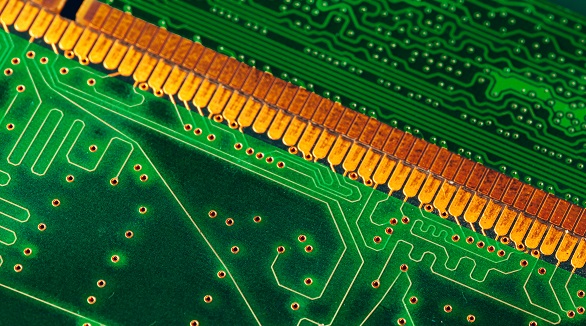
PCB side plating, or edge plating, involves copper along PCB edges, enhancing connectivity, conductivity, shock protection, and assembly, especially for small boards. Used in Wi-Fi and Bluetooth modules, it improves signal quality and EMC. Limitations include necessary design gaps and exclusion of V-cuts.
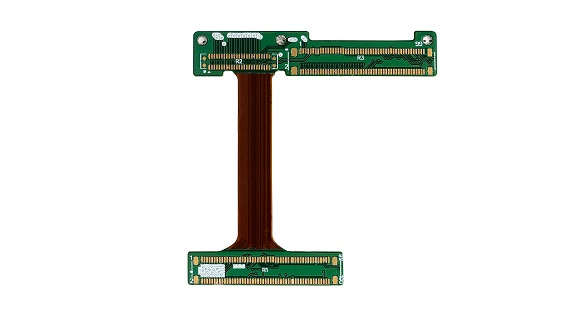
Flex PCBs fit into devices, saving space, while Rigid-Flex PCBs combine flexible and rigid parts, ideal for varied applications. PCBX offers custom designs, rapid prototyping, and high-quality manufacturing.